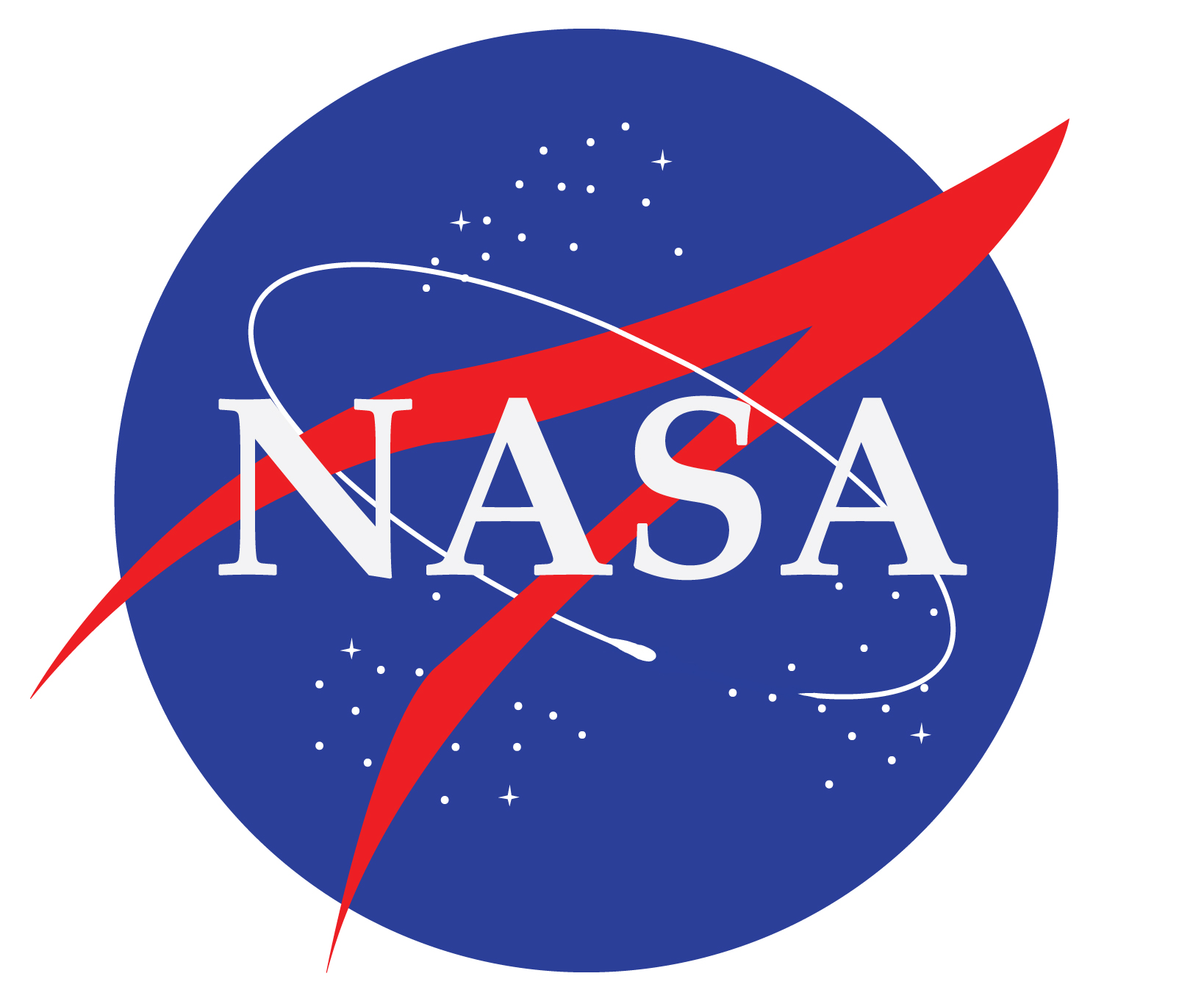There is a lot of water on Earth although in some countries, it is getting harder to access. Water will be needed for many things in the exploration and exploitation of space including drinking water, hydroponic agriculture, and splitting into oxygen and hydrogen for rocket fuel. It is expensive to launch anything into space at this stage of our launch technology. A source of water that is already in space would be a boon.
The Moon holds a lot of frozen water in various deposits. This is one of the main motivations for a return to the Moon being planned by space-faring nations including the U.S. The push is on to establish a permanent manned lunar base.
Jim Bridenstine is the administrator of NASA, the U.S. space agency. Earlier this week, he spoke about how the U.S. was planning on accessing lunar water. He tweeted that “for the Artemis Moon base, NASA will establish a cost per ton delivered and once again let private companies innovate.”
The current goal of NASA is to get astronauts back to the Moon for a limited mission by the end of 2024 but skeptics say that this is unlikely. The viability of the dream of lunar settlement also depends on exactly how the ice is distributed on the Moon. So far, ice on the Moon has only been identified by remote sensors.
Multiple space faring nations have plans to land a series of lunar rovers on the Moon in the next few years. One of their tasks is to directly explore ice deposits. Today, NASA announced that a U.S. company named Astrobotic has just received a two hundred-million-dollar grant to transport a NASA lunar rover called Volatile Investigating Polar Exploring Rover to the Moon in 2023.
The chemicals now being used to propel rockets are widely available on Earth but getting them into low Earth orbit raises their costs. Getting them all the way out to geosynchronous orbits pushes their price even higher. Taking fuels to a Lagrange point between the Earth and Moon where a future space station is being planned or all the way to the Moon makes them very expensive.
If fuels could be obtained on the Moon, they could be moved to Earth orbits relatively cheaply. If there was a market for lunar propellants, it would make it less expensive and more efficient to operate large satellites and space station by refueling them in space instead of having them carry fifteen years’ worth of propellant with them when they are launched. Such a system would yield many benefits for life on Earth. These include improved satellite internet and navigation services, better remote sensing of weather patterns, monitoring climate change and economic activities. There is also the prospect for the manufacture of new substances and materials made possible by zero gravity. It could also reduce the cost of operating the International Space Station, enable permanent lunar bases and make missions to Mars a lot cheaper.
The Space Resources Round Table carried out an analysis that offers a suggestion of how much it costs to produce and transport liquid oxygen and liquid hydrogen to various points. The challenge will be in getting the market set up. The capital investment needed to create the infrastructure to extract water from lunar ice will be enormous and there are no buyers at present.
If NASA follows through with Bridenstine’s plans by stating that they will pay $X for propellant delivered to location Y, that might supply hypothetical lunar mining entrepreneurs with the market that they require to get their businesses off the ground. It would also encourage private propellant buyers to make their own plans to utilize these resources.
This model would be an adaptation of the commercial crew program that just saw SpaceX carry astronauts to the ISS on the cheapest spacecraft ever constructed in the U.S. The model consists of telling the market what you need and letting the market provide it rather than developing a one-shot super expensive NASA-led program. It has proven to be a very effective strategy for replicating past NASA accomplishments quickly and efficiently. Hopefully it can help us develop refueling stations in space.
